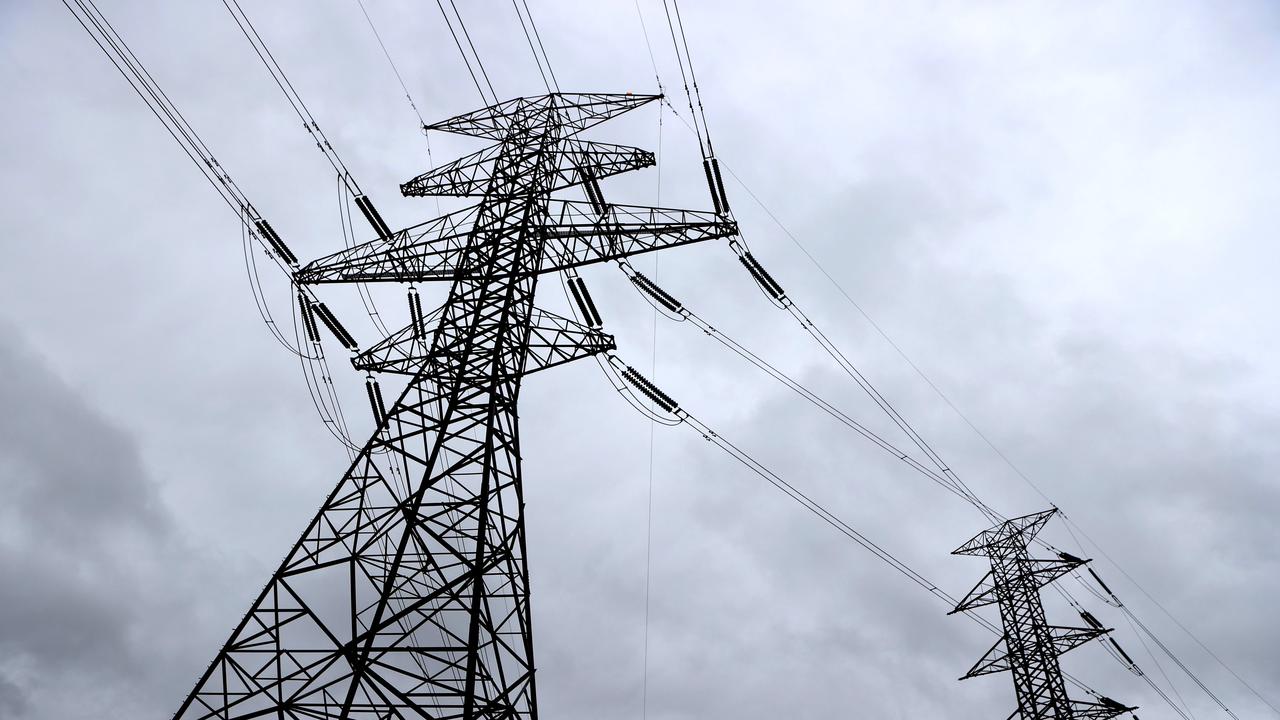Tropical Cyclone Alfred: Report finds lessons for building practices
A damage assessment of TC Alfred has laid bare just how close SEQ came to recording widespread destruction where higher winds would have turned 15kg pavers into deadly flying debris.
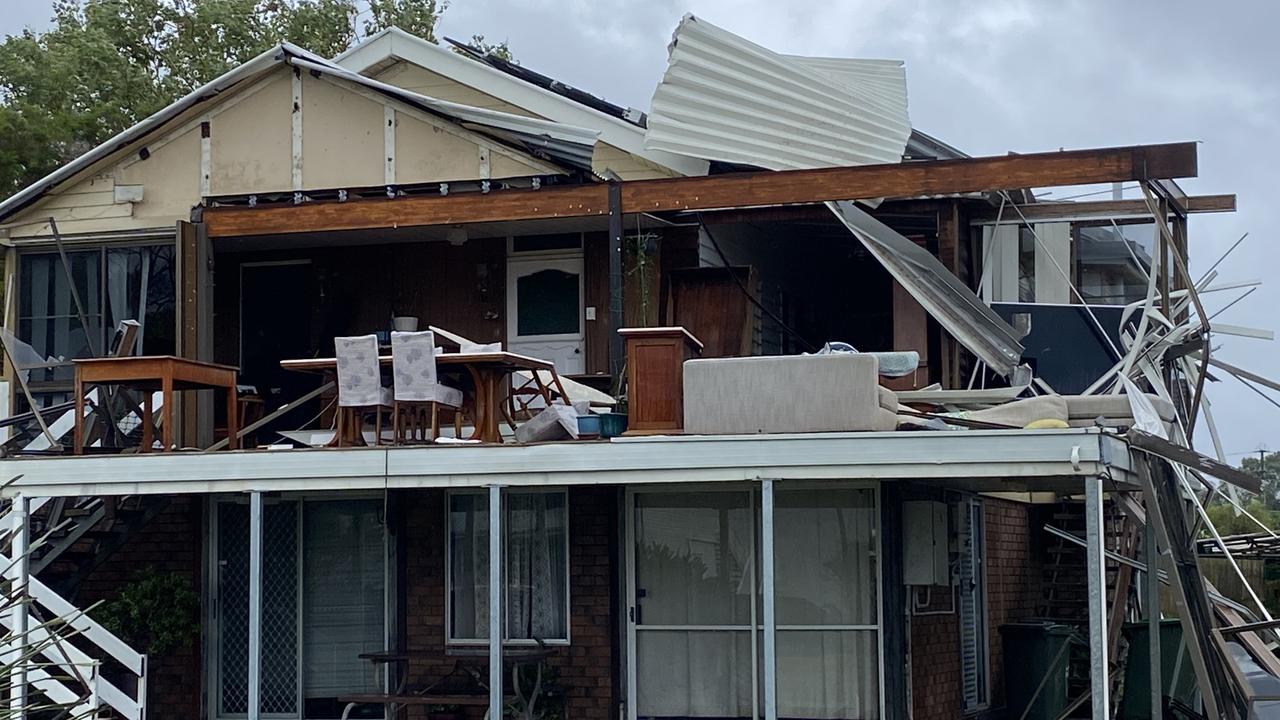
QLD News
Don't miss out on the headlines from QLD News. Followed categories will be added to My News.
A popular building technique used on high-rise balconies could turn pavers into potentially deadly flying debris during high winds, a damage assessment of Tropical Cyclone Alfred has found.
A new report from James Cook University and Natural Hazards Research Australia has laid bare how South East Queensland and northeast New South Wales dodged a bullet after Alfred weakened into a tropical low just prior to landfall.
The report found that if the 100km/h wind gusts that did cross the southeast coast were just 20km/h higher, there would have been more widespread damage.
But even wind speeds of around 100km/h across the impacted zone were enough to reveal several failings in weatherproofing systems, cladding, glazing, and pedestal-mounted balcony pavers on tall buildings.
Pedestal paving is becoming more popular in construction and is common for balconies and high-rise buildings as it allows the paving and supports to absorb movements in the structure.
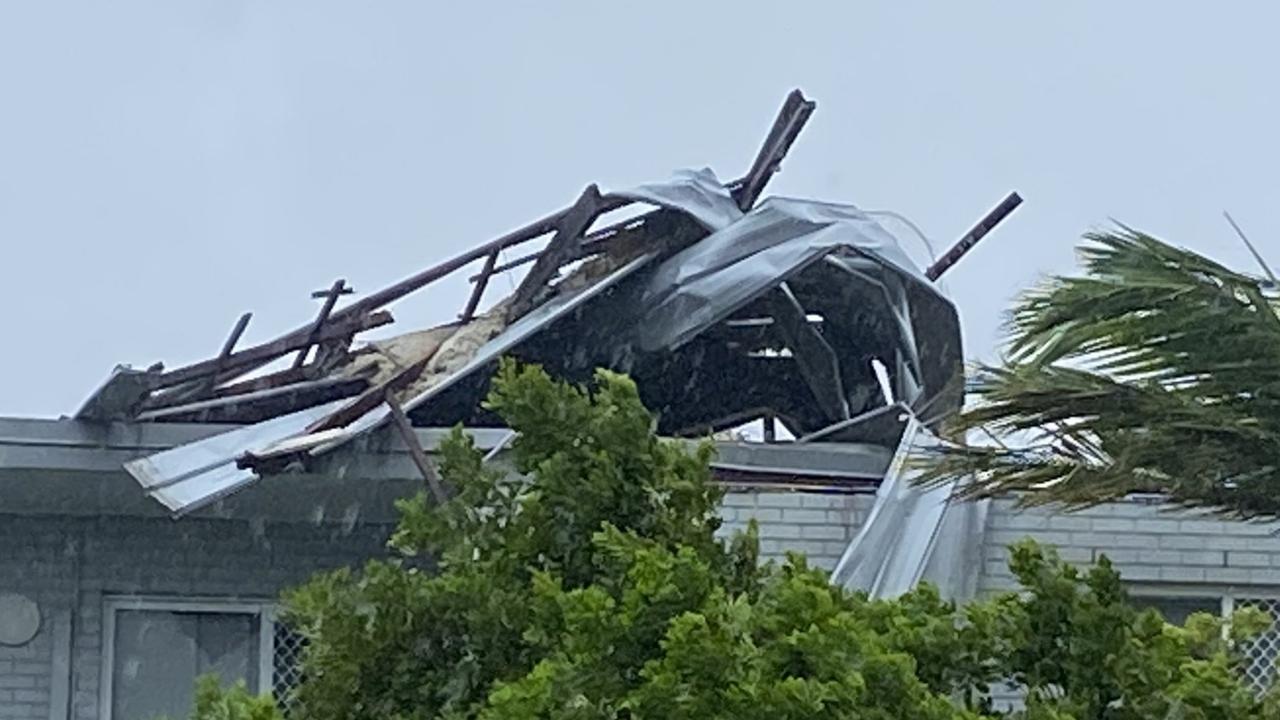
The technique leaves a small gap between each slab or tile allows for drainage, air flow and to allow for pipes or electrical equipment to pass underneath.
“It was an eye opener to have 15kg balcony pavers starting to lift and move around on these modern engineered, commercial structures in an ex-tropical cyclone,” report co-author and JCU Cyclone Testing Station chief engineer David Henderson said
“On one building, lifted balcony pavers broke the glass balustrades and ended up on the street, several floors below.
“That’s a real wake up call. If the wind speeds were higher, they would have been potentially deadly flying debris hitting other buildings.”
The report also found water entered a large number of buildings from Caboolture South to New South Wales during Alfred, coming through walls and closed windows.
The report emphasised the importance of weatherproofing layers on the outside of walls, stating it was vital to maintain these systems.
“The glazing industry should be encouraged to incorporate simple features in the window design that control air movement through weep holes under differential pressures across windows,” the report read.
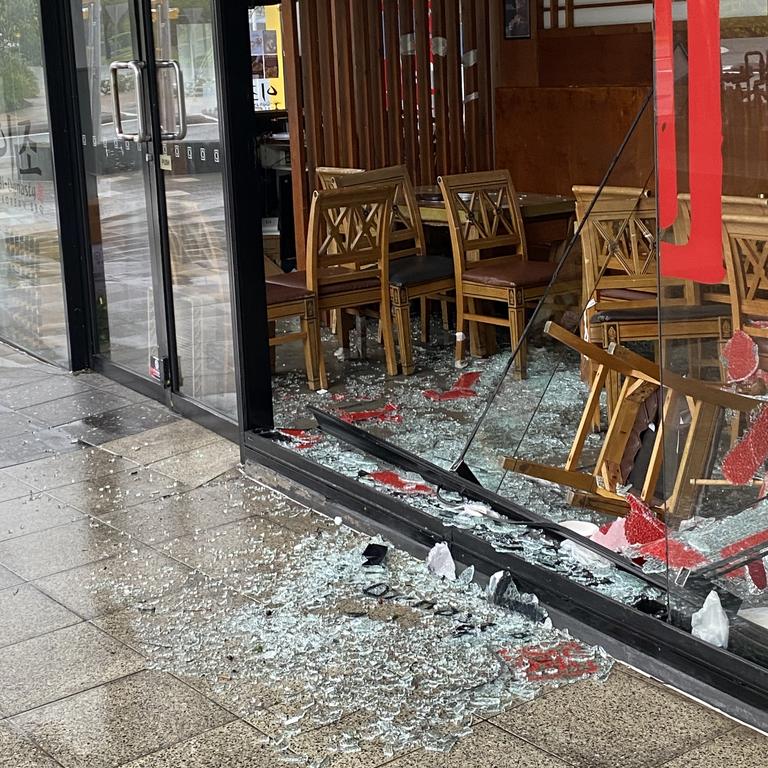
“A method of evaluating the impact of these measures should be developed to inform purchasers of windows of the effectiveness of the windows at keeping out water at pressures above the water penetration test pressure.”
The report noted that while the majority of buildings in the area affected by Alfred remained functional throughout the event and immediately afterwards, many buildings were still impacted by loss of power supply, rainwater ingress, or accessibility due to flooding.
It recommended that in the event of a mains power failure in mid-rise and high-rise buildings, sufficient backup power to operate a pump for subterranean basements was needed, noting a basement’s potential to accumulate water in extreme storms.
It also noted the importance of sufficient power being available to run lifts to enable people with mobility issues to leave their multi-storey buildings.
“(Alfred) was a ‘near miss’ and we must work hard as a community not to be complacent and put in place what is needed to minimise damage in a future stronger event,” Dr Henderson said.
More Coverage
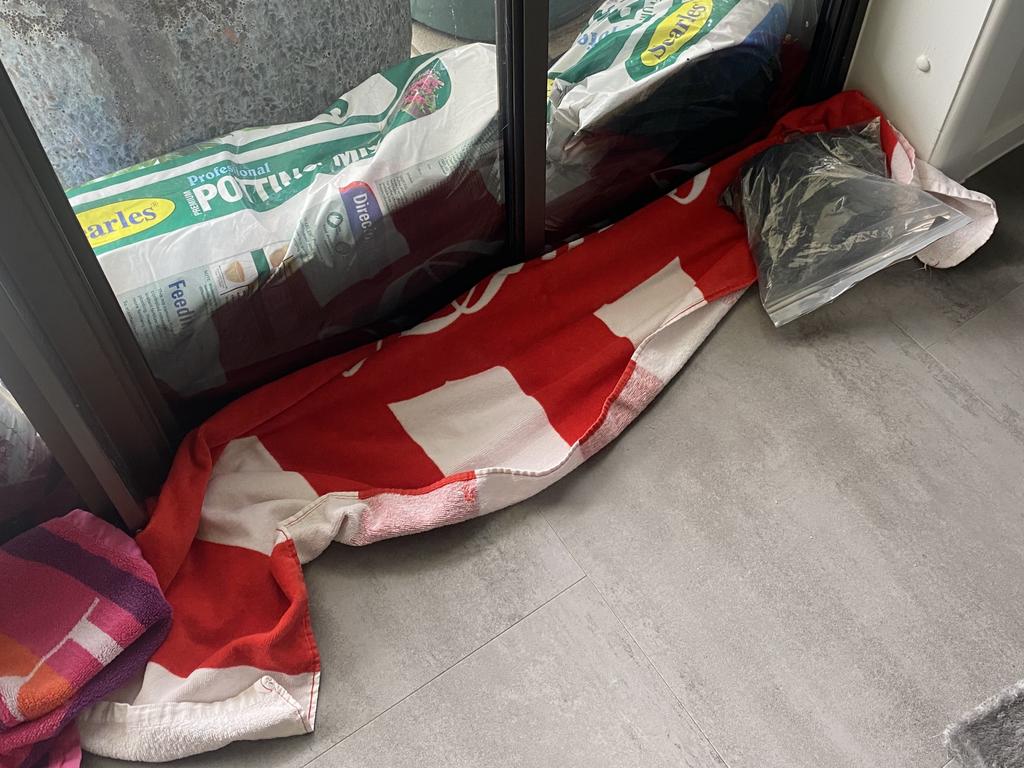
Originally published as Tropical Cyclone Alfred: Report finds lessons for building practices









